
Recognized for excellence in substance abuse and behavioral health treatment by the Joint Commission
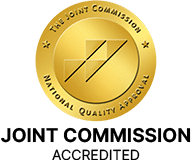
Reasons for Choosing Drugs Over Family
Chances are, for most people addicted to drugs, they didn’t even know they were addicted to something until it was too late
Addiction Treatment Center
Twelve-step programs — In an American survey of treatment providers from three separate institutions (the National Association of Alcoholism and Drug Abuse…

Chances are, for most people addicted to drugs, they didn’t even know they were addicted to something until it was...
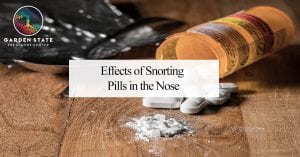
Effects of Snorting Pills on the Nose
Addicts have found multiple ways of using drugs. Drugs can be taken orally, smoked, injected, and sniffed or snorted. Some...
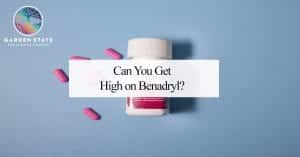
Can You Get High on Benadryl?
Benadryl is a common, over-the-counter allergy medication – one that can result in mild sedative effects or when taken in...
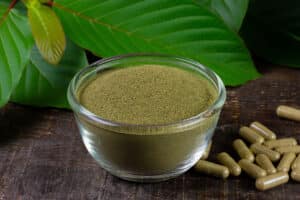
Does Kratom Show Up on a Drug Test?
A lot of people believe Kratom is a useful herbal drug supplement that’s relatively harmless when compared to other drugs....
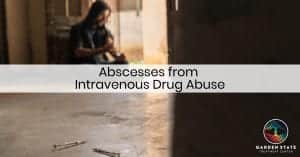
Abscesses from Intravenous Drug Abuse
Intravenous administration of drugs is the riskiest way to use drugs. When you street drugs, the majority of the risk...
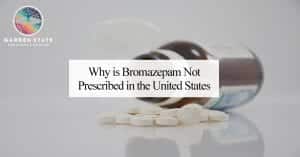
Why is Bromazepam Not Prescribed in the United States?
Bromazepam is an intermediate-acting tranquilizer that is generally prescribed to treat things like panic and anxiety disorders, as well as...

Does New Jersey Have an Open-Air Drug Market?
Most individuals who are somewhat familiar with the illicit drug trade have heard the term “open-air drug market.” But what...
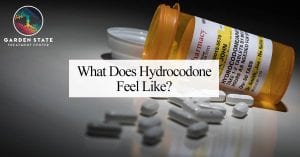
What Does Hydrocodone Feel Like?
Hydrocodone is a potent, prescription opioid painkiller, often prescribed to those experiencing moderate to severe pain for a short amount...
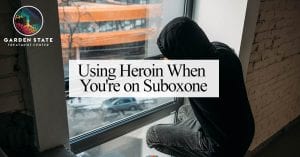
Using Heroin When You’re on Suboxone
Pure heroin, diacetylmorphine, is a white powder with a bitter taste abused for its euphoric effects. Heroin, a highly addictive...
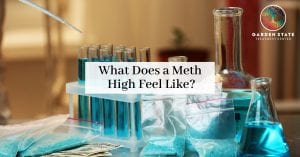
What Does a Meth High Feel Like?
Every individual is different and we experience everything differently. The way one-person experiences eating a banana may be a different...

How Your Ego Drives Substance Abuse
Those that recover from addiction know that it is not an easy feat to accomplish. People who are not addicts...
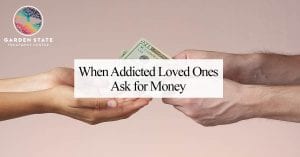
When Addicted Loved Ones Ask for Money
Watching a loved one struggle with alcohol or drug addiction is one of the most painful experiences an individual can...

HALT
To Halt means to stop abruptly. The acronym for H.A.L.T., as many people in recovery know, means hungry, angry, lonely,...

Brad Pitt Opens Up About His Alcoholism
In a recently published New York Times article, Brad Pitt opened up about his personal struggles with alcoholism, as well...
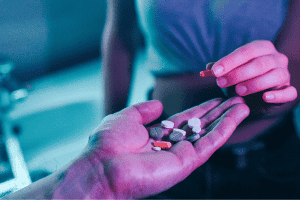
What is the Calvin Klein Club Drug?
The Calvin Klein drug is not a new synthetic compound, but instead is a deadly combination of cocaine and ketamine....

Addiction Recovery Quotes
15 Motivational Quotes About Addiction Recovery Addiction is a condition with far-reaching consequences. Families are torn apart, and trust is...

